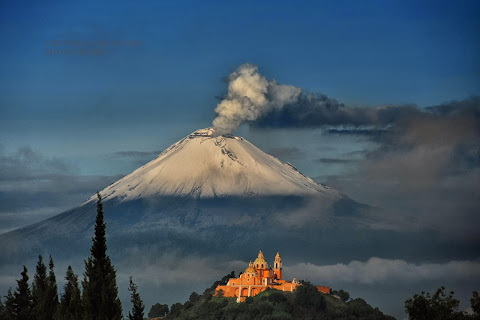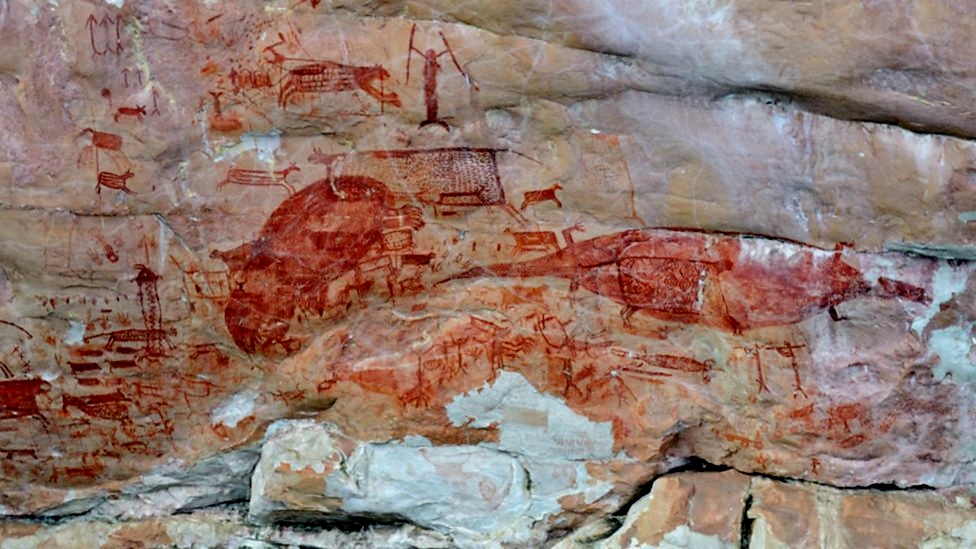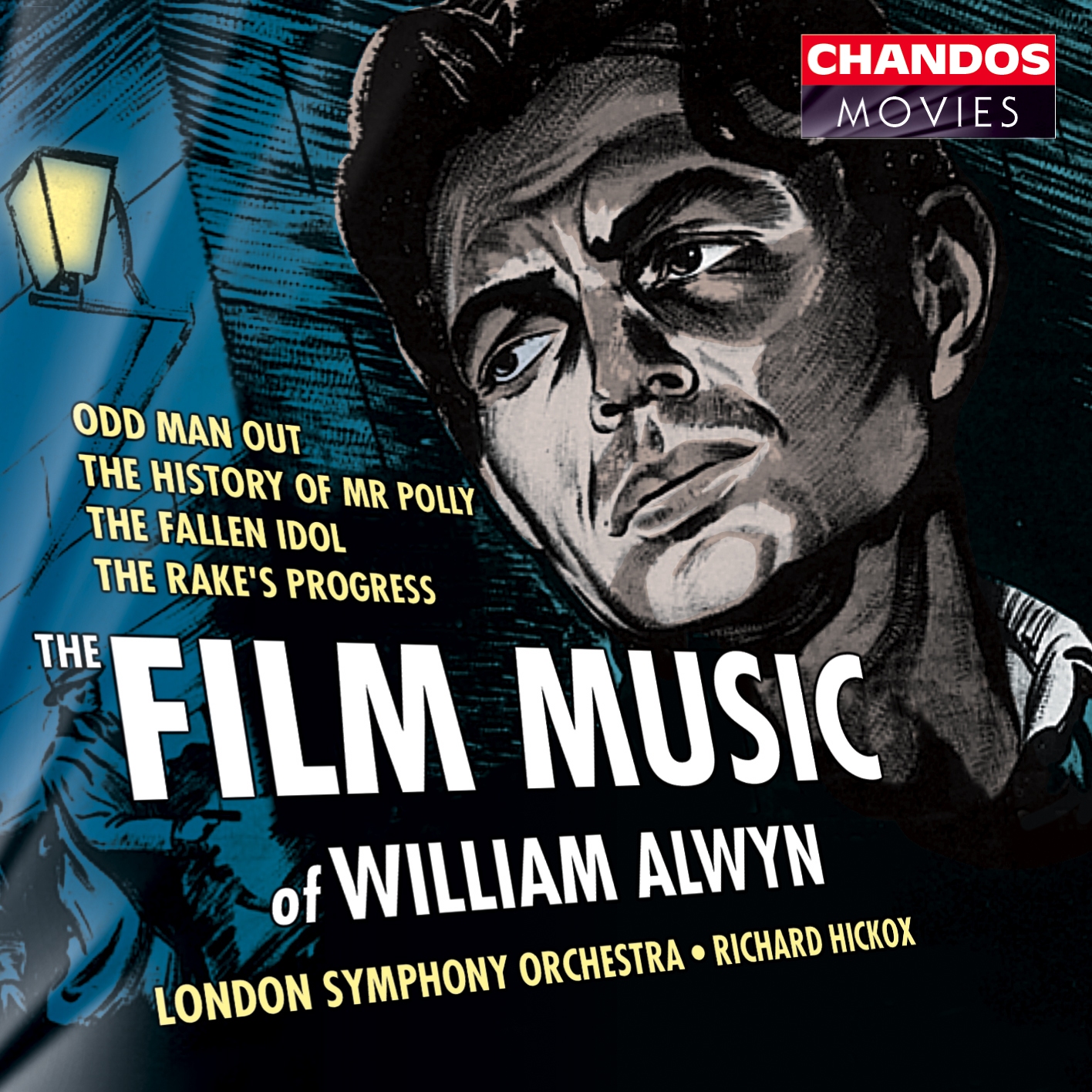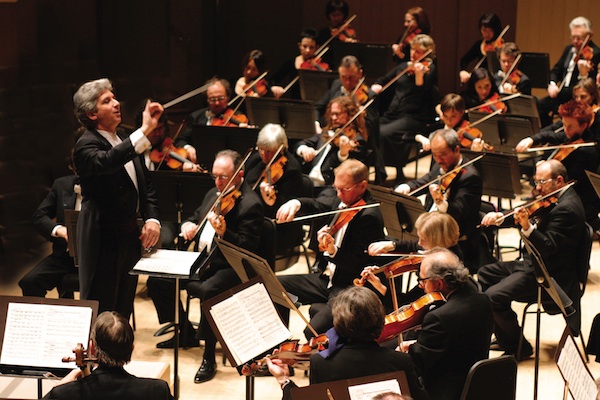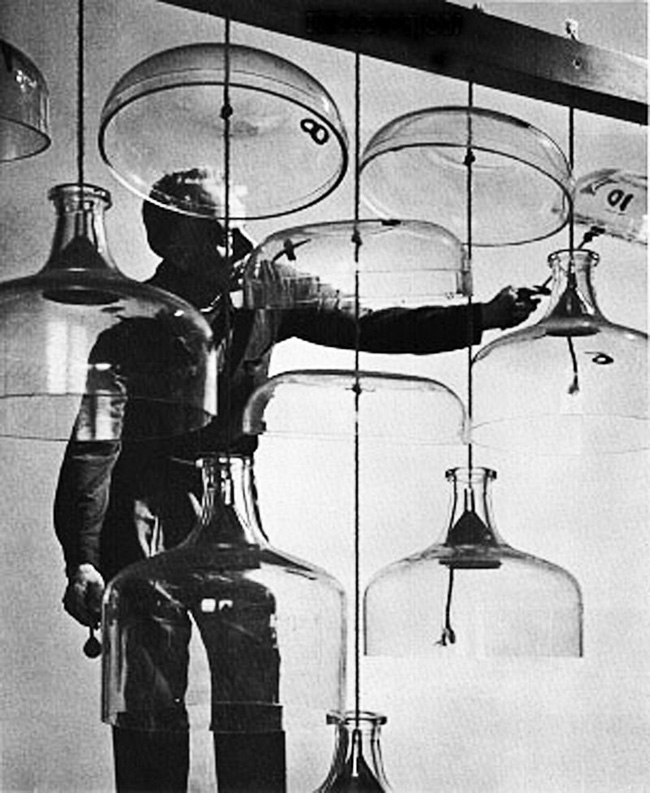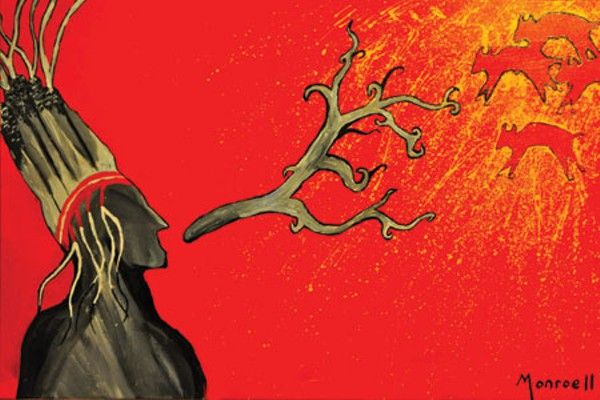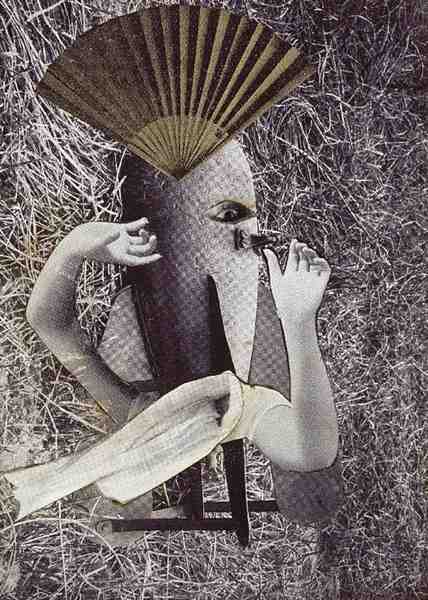Malcolm Lowry’s 1947 masterpiece “Under the Volcano,” about the fervid last hours of an alcoholic ex-diplomat in Mexico, is set to the drumbeat of coming internal and external conflict. Autobiographical and reflective of the expatriated trust-funder in a futile search for an artistic home, the perpetually inebriated master got lost along the road toward his own abyss, and died under suspicious circumstances, out-of-print.
Performance
Performance arts, music, film, drama and literature, creative expressions presented on the world stage seeking earth balance, harmony, dissonance, abstraction and concept.
Colombia: Stunning Indigenous Rock Art from Amazonia
Prehistoric paintings on vertical rock faces in an Amazonian wilderness in Colombia were recently photographed and filmed for western eyes. The pretense of this British filmmaker as the “discoverer” of the paintings is of course ludicrous. The once populous Karijona Tribe most likely painted these masterpieces, and continue to live uncontacted in the vast rainforest, and anthropologists and explorers have studied the region for hundreds of years.
Pursuit of Beauty: William Alwyn’s Classical Romanticism
Rising from the East Anglian shadows of Benjamin Britten, William Alwyn’s prolific compositions and pioneering film scores from the 1940s-50s set him apart in 20th Century classical music. Stephen Vessels curates the discussion.
Is Classical Music, and the Desire for Rebellion, Dead?
Do today’s elite lack the patience and culture for classical music? Or is it a matter of cultural dominance of the popular, the fame producing, and capital revenue streams which have sacrificed painstaking complex creation? John Halle opines.
Sound of the Earth in Microtones: Harry Partch
Harry Partch, leader of the Geo-Fauvist (wild-earth) composers, and 20th Century pioneer in working systematically with microtonal scales, also built custom-made instruments in these tunings on which to play his compositions. Watch the documentary The Outsider, The Story of Harry Partch.
Geo-Fauvism: Waking to the Wild Earth Through Visual Art
This is the first post in a series where I present the case for Geo-Fauvism, a growing movement of wild earth inspiration in art, literature, music and design. Taking off from the early 20th Century French art “Fauvists” or “Wild Beasts,” these cross-disciplinary creations respond to and react against the collapse of global environmental systems, the destruction of indigenous earth-based societies, and a narrowing of cultural opportunities in the mainstream corporatized media. Geo-Fauvists create to reconnect with the wild and heal humanity’s rift with the landscape, building a new community based on integration with the ecosystem.
Dada as the Antidote to War and Capitalism
In the sobering aftermath of World War I in Zurich, Dada preached a radical-yet-whimsical philosophy of creativity, a self-styled anti-art. Random and meaningless by definition, calculatedly irrational by design, for a short time the movement spread like revolt to the US and across Europe, voicing the bizarre protest of a brave new community of artists and writers.

